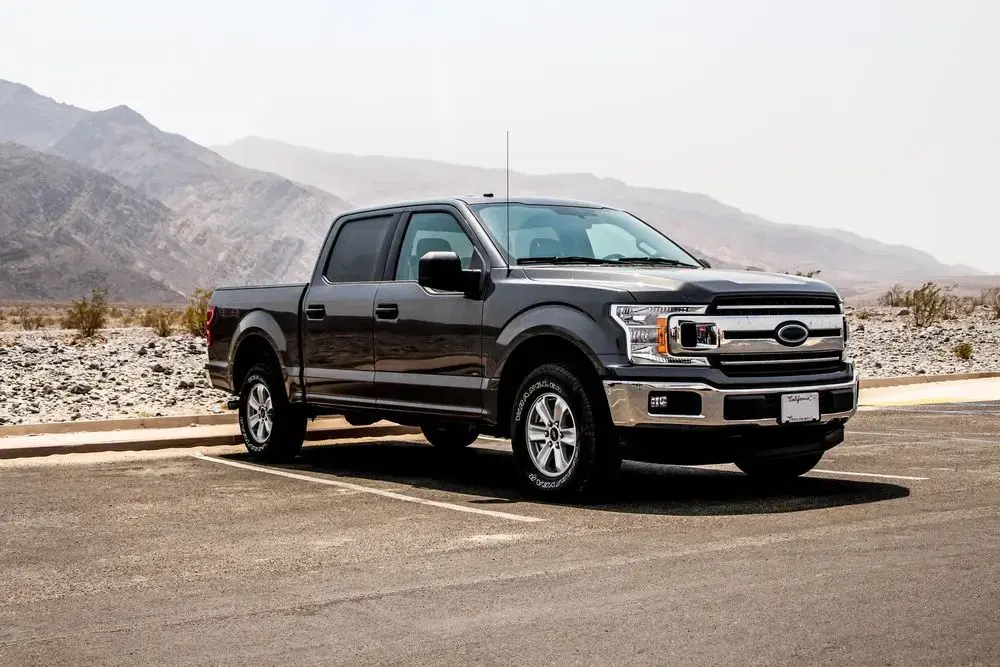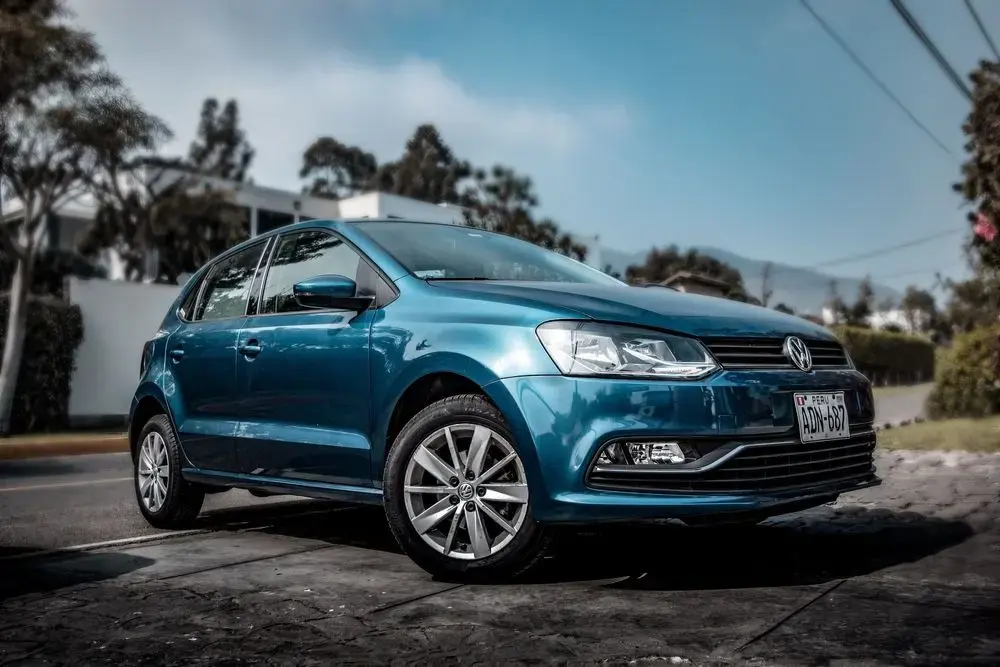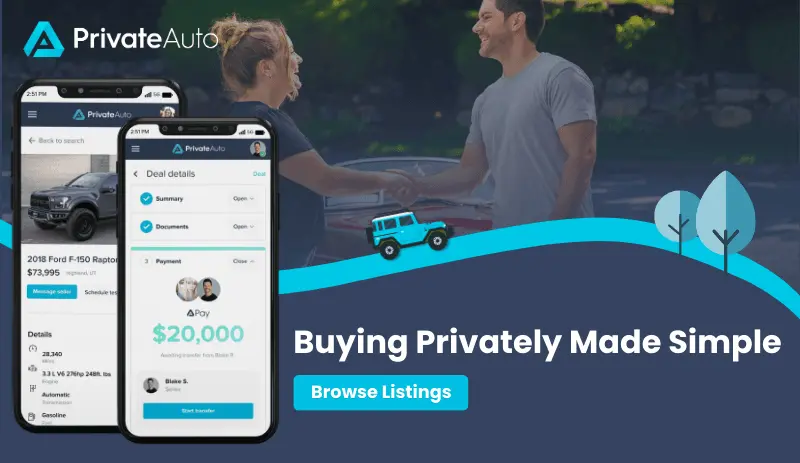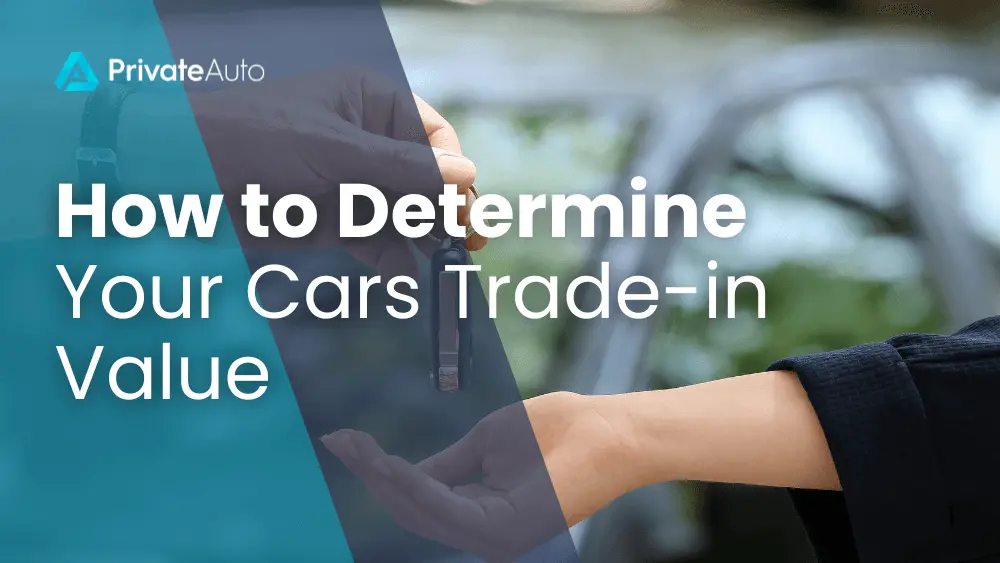Car shoppers often trade in their existing car for a new one. If you want to upgrade to a newer vehicle at a fair price, then a trade-in may sound like a great option for you. Learn how to find your cars trade-in value and whether this is a competitive option for you.
Understand Used Car Value Terms
Understand Used Car Value Terms

Key Factors in Determining Your Used Car Trade-In Value
Key Factors in Determining Your Used Car Trade-In Value
Make, Model and Year
Start by checking out the estimated value for your make, model and year of vehicle. Whether you own a 2011 Honda CR-V, 2018 Toyota Sienna, 2015 Ford F-150 or 2020 Chevy Silverado, you’ll receive a very different trade-in value estimate.

Your Location
Driving and Maintenance History
Another key factor in the value of your car is your driving and maintenance history. While no used vehicle will have the same value as a brand-new one, proper maintenance helps your ride retain its value. Excellent vehicle condition includes the following features:
- Routine oil changes
- Preventative maintenance
- No dents or dings
- Little or no rust
- Low mileage
- Clean interior
If your used car looks and drives like a new car, chances are you’ll receive a higher trade-in quote than if you’re driving a junker that’s dirty and needs major repairs. Maintain your vehicle in your garage or by taking it to a reputable mechanic to keep up its value.
Trim Package and Additional Features
For example, leather seats in excellent condition and a modern infotainment system can increase the trade-in and private party value of your ride. These features may be just what you need to make an offer on a new vehicle.
Other features include aftermarket additions. A lift kit, LED headlights, aftermarket shocks and additional parts may increase the value of your ride. Don’t expect to get all the value back, as some aftermarket items are too specialized to increase the amount of a trade-in estimate dramatically.

Steps to Estimate What Your Car Is Worth
Steps to Estimate What Your Car Is Worth
Used car values vary considerably, so there is no perfect system for predicting what a dealership may offer you. There are, however, some acceptable price ranges that you should know. Consider using these tools to avoid a dealer scamming you by offering you considerably less than what your car is worth.
Kelley Blue Book, or KBB, is one popular online tool. Simply enter your vehicle’s information and your area to find estimates for the trade-in and private party value of your ride. Keep in mind these are just estimates by a third-party organization, so a dealer or private buyer isn’t required to honor these estimates.
You’ll quickly notice that the trade-in value is lower than the private party value. That’s because a dealer needs to make a profit on your vehicle. A vehicle that’s traded in is fixed up and then sold, either wholesale to be auctioned off or at a higher price to make a profit for the dealer. This margin for the dealership is the reason why you typically earn less for a trade-in.

